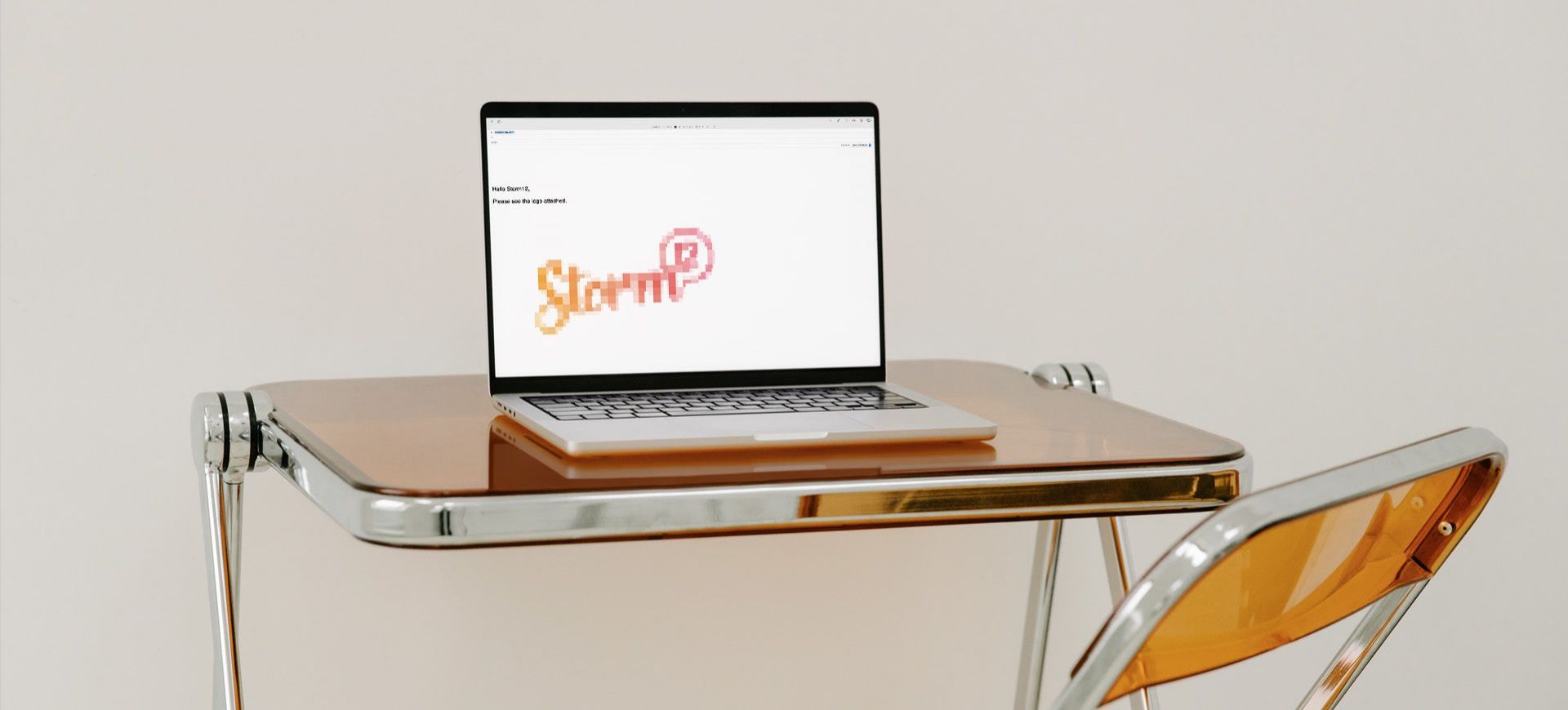20th Oct 2016

20th Oct 2016
Regardless of the file format you save them in, logo files fall into two categories - pixel based logo files and vector based logo files. So what's the difference?
Pixel based logo files
Sometimes referred to as raster based files, these files are made up of pixels. This means they are only suitable for reproduction at 100% size or reduced to a smaller size, when the resolution will tighten up and remain clear. If you try to enlarge it beyond the original size it will become pixelated and blurry. Pixel based logo files are also very difficult to edit - almost impossible in most cases.
When would I use pixel based logo files?
Pixel based logos are normally only used for viewing on electronic screens - things like websites, emails and email signatures.
How do I recognise a pixel based file type?
Pixel based logos are usually saved in the following formats:
Vector based logo files
Most designers will request a vector based logo file from you. These files usually require professional design software to open, so chances are you might not be able to open and view them yourself. Designers will most often open a vector based logo into Adobe Illustrator (part of Creative Cloud) so they might refer to your logo as an Illustrator file. The great thing about vector based files is they have unlimited resolution, so can be scaled for any use. This means you can use the same file on a small business card, a billboard or an exhibition wall and it will still look crisp.
Vector files can be easily edited. A designer can quickly make a white out reversed version of your logo or even edit the colours used in your logo if required. They also have transparent backgrounds so there is never an issue when placing them on different colour backgrounds or on top of images.
When would I use vector based logo files?
Use vector based logos for any project that will be printed, as they can be scaled to any size without loss of quality. Another great thing about a vector based logo is a designer can create pixel based versions of the logo from the same file meaning they can create logos suitable for electronic use too. So in other words - always have a vector logo file to hand!
How do I recognise a vector based file type?
Bearing in mind you might not have the software to actually open a vector based file, you can recognise them as they are usually saved in the following formats:
Hopefully this will give you a clearer understanding of what all those different logo file types mean and when to use each of them. For best results, try to keep vector based logos as your master files for distribution as they're the most versatile.